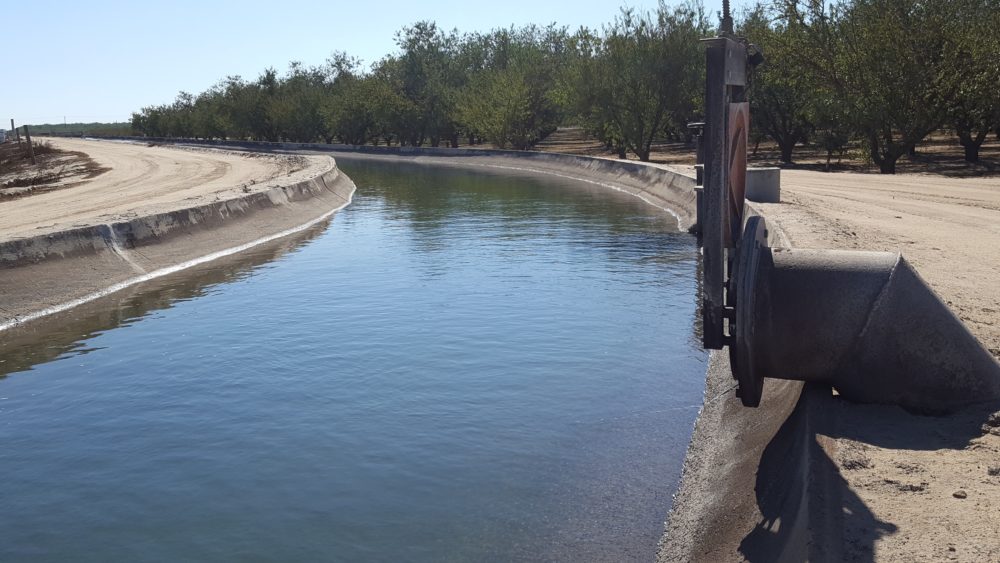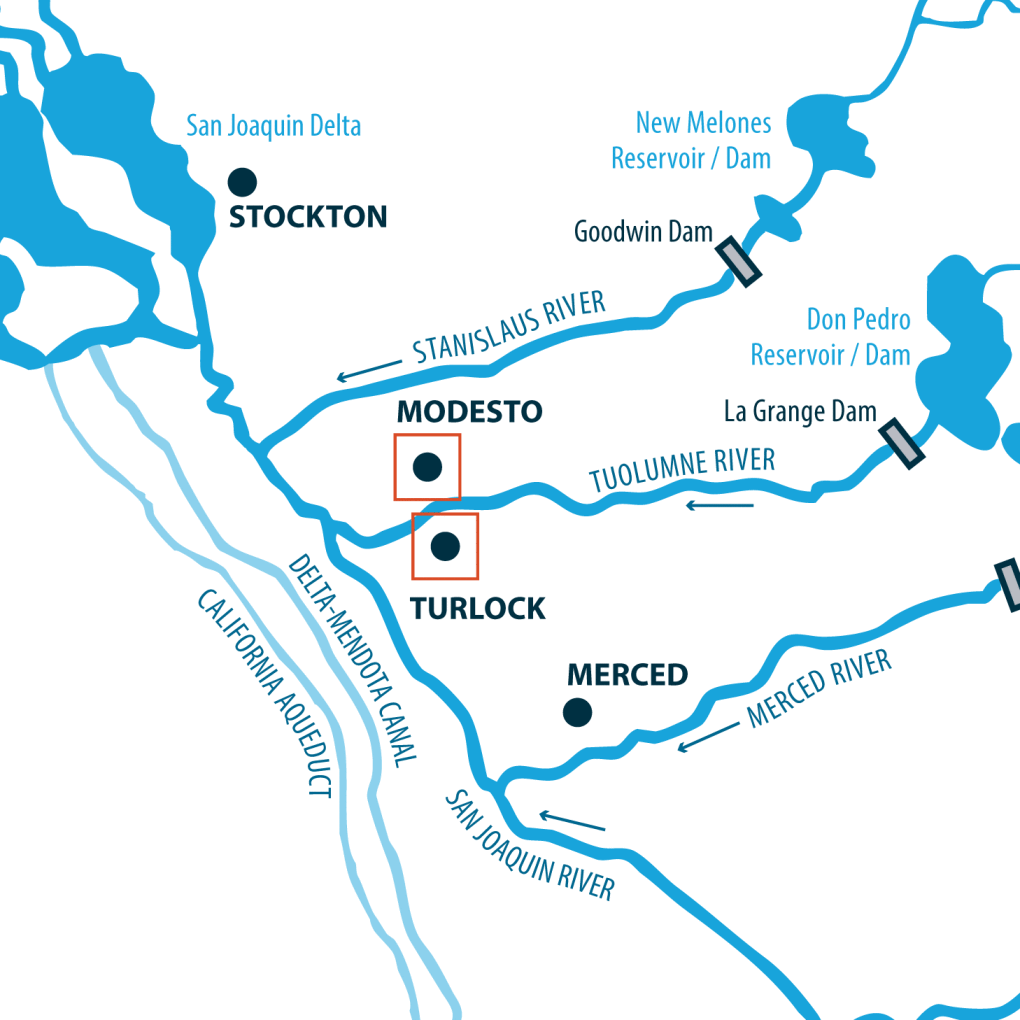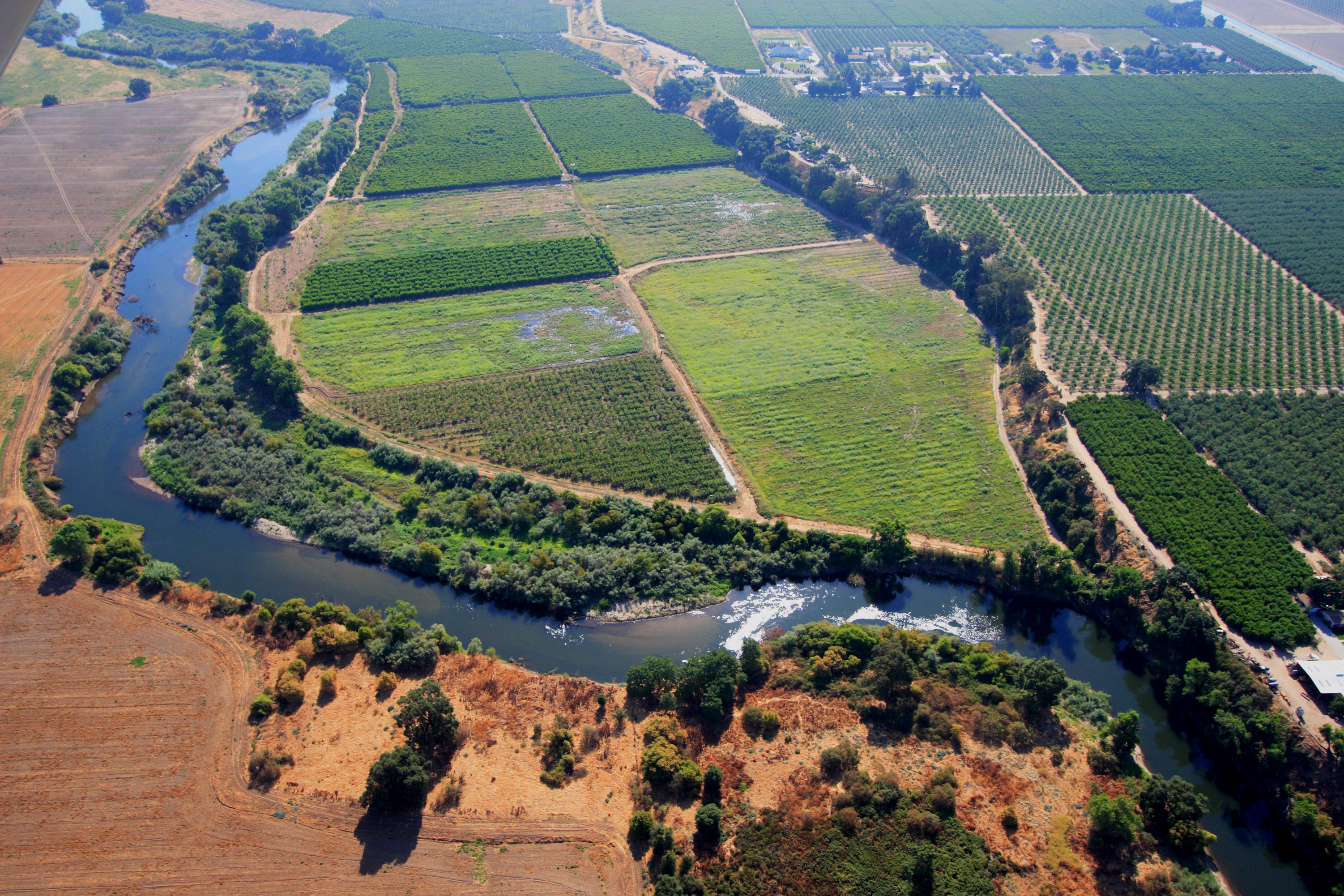California Farm Bureau Sues Water Board on Proposed Water Grab
Farm Bureau Sues to Block Flows Plan for Lower San Joaquin River
By David Kranz, Manager, Communications, California Farm Bureau Federation
A plan for lower San Joaquin River flows misrepresents and underestimates the harm it would cause to agricultural resources in the Central Valley, according to the California Farm Bureau Federation, which filed suit recently to block the plan.
Adopted last December by the State Water Resources Control Board, the plan would redirect 30 to 50 percent of “unimpaired flows” in three San Joaquin River tributaries—the Stanislaus, Tuolumne, and Merced rivers—in the name of increasing fish populations in the rivers. The flows plan would sharply reduce the amount of water available to irrigate crops in regions served by the rivers.
In its lawsuit, filed in Sacramento County Superior Court, the Farm Bureau said the flows plan would have “far-reaching environmental impacts to the agricultural landscape in the Central Valley,” and that those impacts had been “insufficiently analyzed, insufficiently avoided, and insufficiently mitigated” in the board’s final plan.
“The water board brushed off warnings about the significant damage its plan would cause to agricultural resources in the Central Valley, labeling it ‘unavoidable,’” CFBF President Jamie Johansson said. “But that damage can be avoided, by following a different approach that would be better for fish and people alike.”
The Farm Bureau lawsuit says the water board failed to consider reasonable alternatives to its flows-dominated approach, including non-flow measures such as predator control, food supply and habitat projects for protected fish, and said it ignored “overwhelming evidence” that ocean conditions, predation and lack of habitat—rather than river flows—have been chief contributors to reducing fish populations.
The water board’s analysis of impacts on agricultural resources “is inadequate in several respects,” the Farm Bureau said. The lawsuit says the board plan fails to appropriately analyze its impact on surface water supplies and, in turn, how cutting surface water would affect attempts to improve groundwater under the Sustainable Groundwater Management Act—all of which would cause direct, indirect, and cumulative effects on agricultural resources.
“California farmland is a significant environmental resource, providing food, farm products and jobs for people throughout the state, nation and world,” Johansson said. “Before cutting water to thousands of acres of farmland for dubious benefit, the state must do more to analyze alternatives that would avoid this environmental harm.”
The California Farm Bureau Federation works to protect family farms and ranches on behalf of nearly 36,000 members statewide and as part of a nationwide network of nearly 5.6 million Farm Bureau members.















